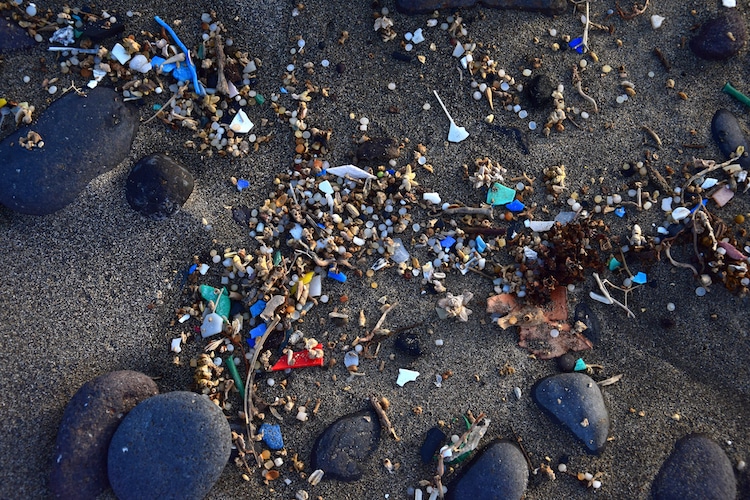Photo:KAJANI/Depositphotos
The dangers of the micro and nanoplastics floating in our water are a big concern.
Using tannic acid and sawdust, the system obtained a remarkable 99.9% success in removing the particles.
The system created by the researchers uses a pump that pushes water through sawdust.

Photo:KAJANI/Depositphotos
They call the process bioCap.
Cellulose, hemicelluloses, and lignin in the organic sawdust make it convenient for water to be transported through.
By itself, the sawdust would remove under ten percent of microplastics in the water.

Photo: SUSANNEFRITZSCHE/Depositphotos
However, when tannic acid was added to the sawdust, it made all the difference.
This polyphenolic compound is a natural material found in plants.
When it was incorporated, tests found that the system filtered 95.2% to 99.9% of all microplastics.
The tinniest plastics, under 110 nm, were also tested with the filter.
Afterward, mice were fed filtered and unfiltered water.
Those drinking the filtered water were found to possess fewer plastics in their body.
Photo: SUSANNEFRITZSCHE/Depositphotos
h/t: [New Atlas]
Related Articles:
What Is an Ecobrick?